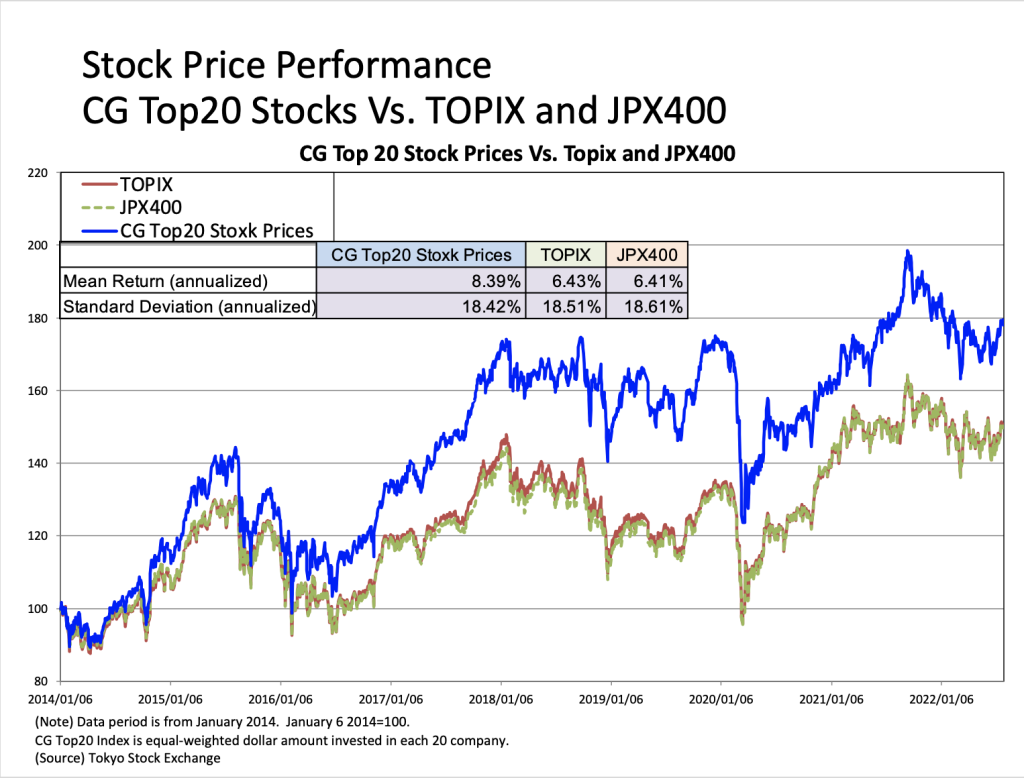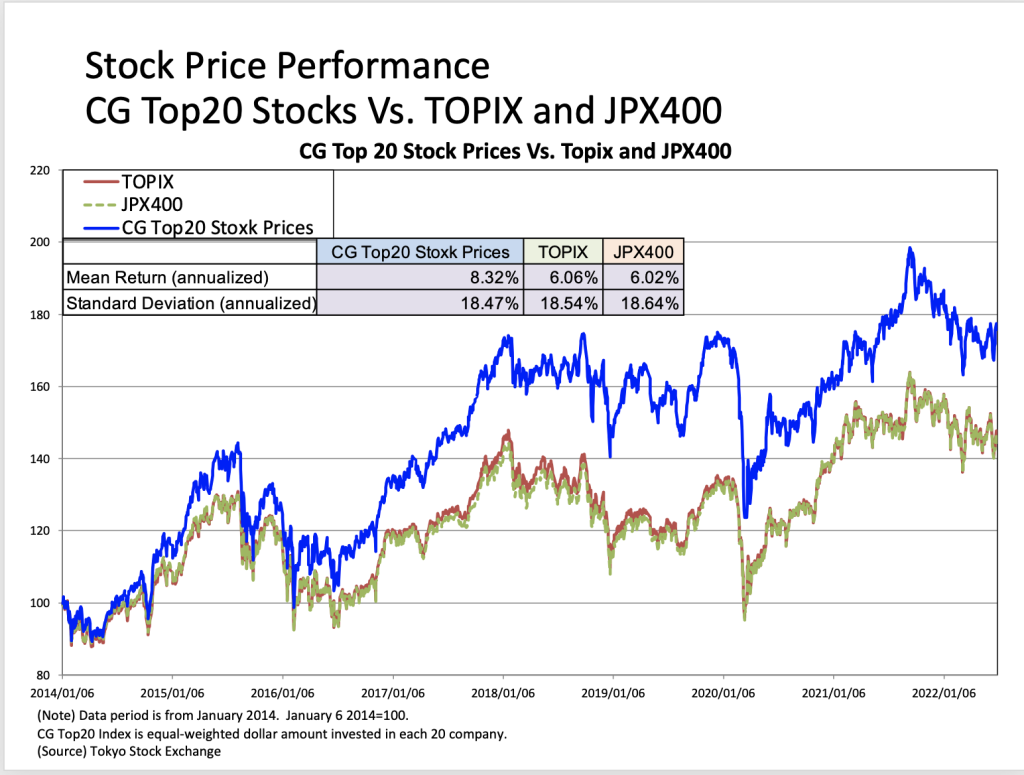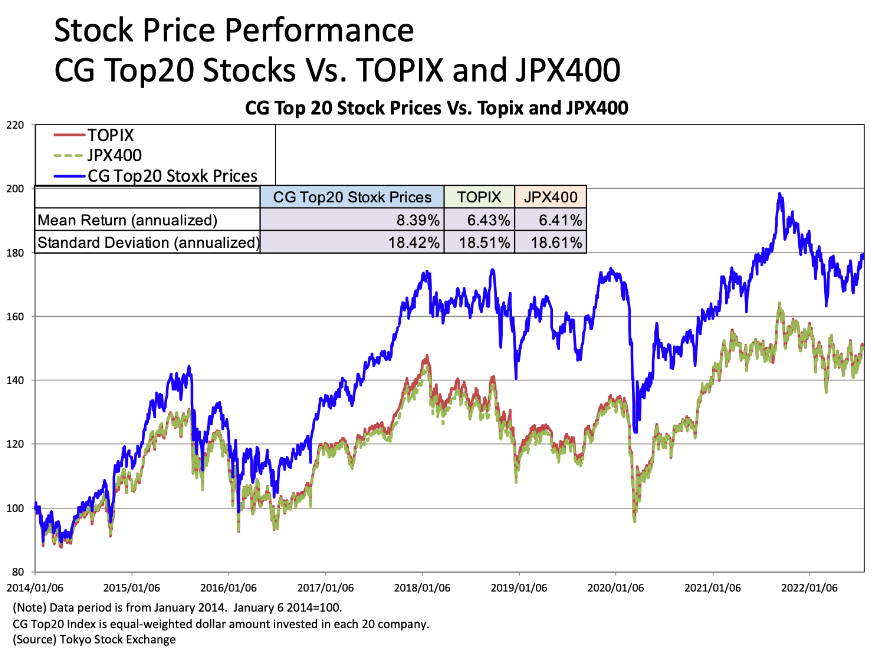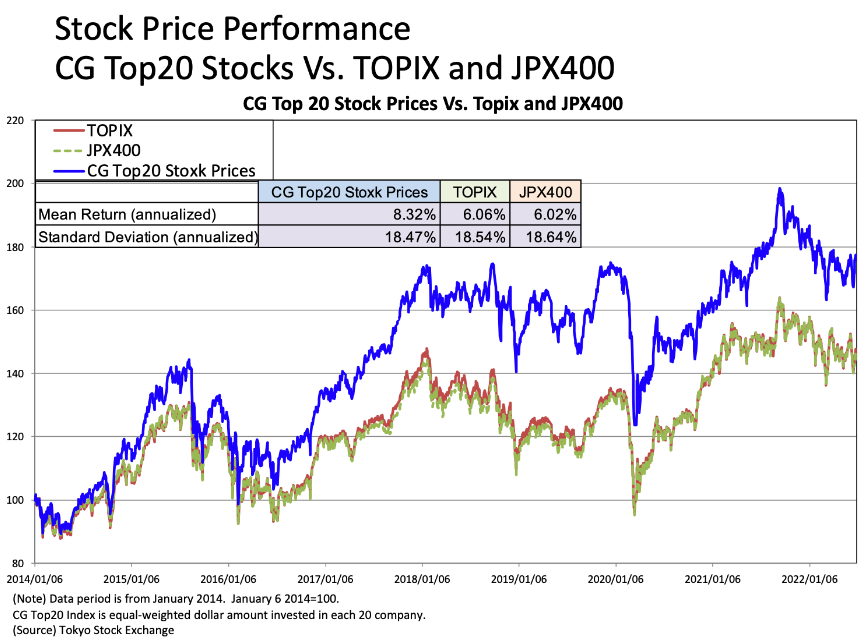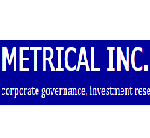
On October 14, the Nikkei Shimbun published an article titled “The Magnetism of “Founder’s Family Companies with Reverse Strategies”: Aggressive Even in a Crisis, Corporate Governance is an Issue.” I would like to think about the points discussed in the article.
The October 14 Nikkei article outlined the following report.
Founding family companies that did not flinch in the face of the crisis and moved to a “reverse strategy” are attracting investors. Companies that made quick management decisions and expanded store openings during the COVID-19 pandemic have been unique in the stock market because of the explosive power of their earnings recovery. Weak governance, which has been a longstanding issue, has also been addressed, and money is flocking to companies that are ahead of the curve.
The Nikkei Stock Average rebounded sharply in the Tokyo market on October 14, ending the day 853 yen higher than the previous day. Compared to the end of last year, it was 6% lower. The market environment remained nervous due to strong concerns about continued U.S. interest rate hikes and economic recession. One company that has seen its share price rise steadily and more than double its appreciation rate is TKP, a major rental meeting room company. In FY02/2021, when face-to-face events decreased due to the Corona disaster, the company fell into the red for the first time since its listing. While reducing fixed costs such as personnel expenses and rent, the company remained on the offensive behind the scenes. The company aggressively purchased prime properties that were undervalued. This “reverse management strategy” is now bearing fruit. With the lifting of restrictions on activities, demand has returned, and the company is back in the black for the March-August period of 2022 for the first time in 3 years. President Takateru Kono, speaking at the October 13 financial results briefing, enthusiastically stated, “We will not only rent out space, but also provide content (such as distribution services) to increase added value.”

-1024x767.png)


